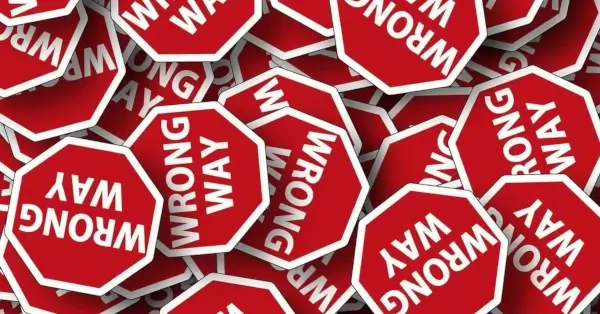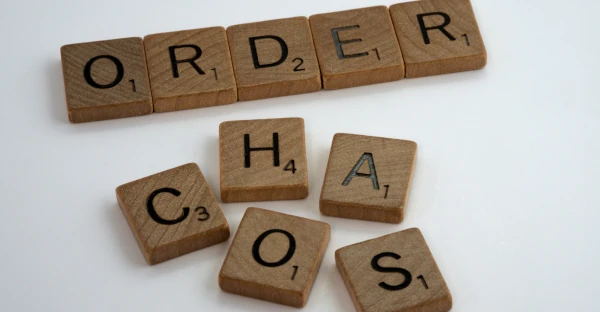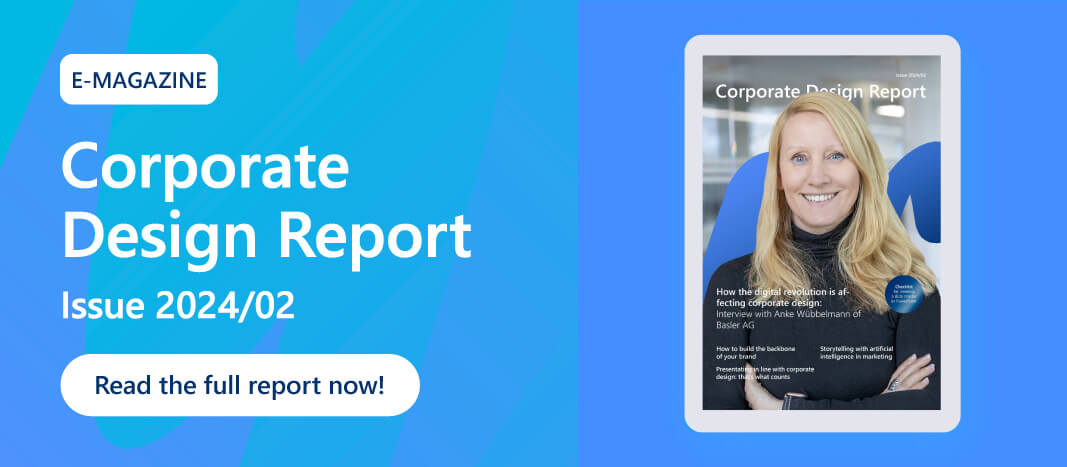Claims and slogans in everyday life and brand communication
The role of claims, slogans, and hashtags in brand communication
Claims, slogans, and now hashtags have become an integral part of brand communication. From “Red Bull gives you wings” to “I’m lovin’ it” to “Just do it”, countless messages bombard us every day.
But to what extent do these brand elements stick in our minds and provide real guidance? When do they cause confusion or get lost in the noise? In this interview, Prof. Dr. Matthias Johannes Bauer explains the role of claims, slogans, and hashtags in brand communication and what it takes to make them successful.

Matthias Johannes Bauer has a PhD in German Studies. He’s an economist and heads the Master’s program in Communications Management at the IST University of Management in Düsseldorf. His research and teaching focus on brand management with claims and digital communication with hashtags. He recently published a revised and expanded edition of his book “Claims, Slogans, and Hashtags as Tools of Strategic Brand Management”.
What is your fascination with claims, slogans, and hashtags?
They combine several aspects. These branding elements are highly condensed, artistic, linguistic creations. This appeals to both the linguist and the communications manager in me. It’s also a relatable topic for lectures, presentations, etc. because everyone encounters it every day and finds it interesting to some degree.
What's the difference between claims and slogans in terms of use and effect?
This distinction is made primarily in German-speaking marketing research. Internationally, and in trademark law or advertising language research, this distinction is often not recognized. It’s important to note that the distinction depends heavily on the context. Here’s a helpful rule of thumb: a slogan is a linguistic tool for addressing customers directly, often through advertising headlines. A brand claim, on the other hand, communicates a brand’s core strategic idea—what the company “claims” for the brand. It positions and shapes the brand’s image through its pointed phrasing.
What is the role of claims and slogans in brand communication?
Claims and slogans, like the logo and other visual elements, are central to a brand’s positioning. They’re succinct representations of a brand’s core values and uniqueness, making them as integral as the brand name itself.

How do a brand's tone of voice relate to its claims, slogans, and hashtags? Should they ever diverge?
I wouldn’t recommend it. The goal is for brands to be perceived as coherent and authentic, and thus recognizable. The tone of voice, the tonality of the brand, should be the basis for claims, slogans, and hashtags alike.
What makes a good claim or a good slogan?
It’s less about whether a claim is good or bad, and more about whether it’s effective and appropriate. Companies should choose a claim that is right for them and, ideally, that can be trademarked. It’s better to have no claim than a bad or irrelevant one. Too often, companies rely on clichés or empty phrases that offer no unique value. A claim must communicate something distinctive and memorable, as it represents the brand’s unique selling point and should appear credible and coherent.
What linguistic devices do you find most effective for claims and slogans?
There’s no universal answer. Some devices are more memorable than others. Word play can help, although I wouldn’t recommend it for a funeral home unless it’s a deliberate strategy to approach a taboo subject in an unconventional way. Ultimately, it depends on the overall brand positioning strategy.
When and where should a company use a claim or slogan?
This isn’t a one-size-fits-all question. Each company must decide which brand elements to prioritize, whether it’s the brand name, logo, jingles, colors, fonts, or even packaging. Companies often make the mistake of creating claims and slogans “on the side”, which I strongly discourage.
When is it too much, given the number of brand messages we receive every day?
A company can’t cut back on communication to avoid overwhelming customers while competitors remain highly visible. But “the more the better” isn’t a good strategy either. Quality over quantity is the key, with a focus on consistent and strategic communication that respects people’s time and attention.
What needs to be considered to make brand communication stand out from the daily noise?
A clear brand identity and emotionally resonant messages tailored to the needs of the target audience will help you break through the noise. All brand elements should be strategically planned and aligned.
When should companys adjust their claims and slogans?
A good slogan can last for decades, like BMW’s “Sheer Driving Pleasure“, which has been around since the 1960s! Strategic adjustments usually occur with new corporate brands, product brands, repositioning, or brand changes. Campaign claims naturally change with new campaigns, and slogans tend to have a shorter lifespan.
Compared to traditional slogans and claims, what role do hashtags play in brand communication?
Communication has become increasingly digital in recent years. Claims and slogans are often used as hashtags alongside other hashtags. Strategic alignment is essential as hashtags work differently to claims and slogans. I recommend that companies create a dedicated hashtag pool that is aligned with their strategy.

How can a company build an effective pool of hashtags?
This is a more complex process, starting with internal and external audits and answering various questions. For example, what product features suggest relevant hashtags? Or what hashtags are the competition using? The result should be a list of readily available, strategy-aligned hashtags that aren’t already in use.
What current trends do you see in the use of hashtags in marketing? What future developments do you see for slogans, claims, and hashtags?
As we see with brand names, developing new, concise names is becoming increasingly difficult due to the sheer number of brands. Claims and slogans can face a similar situation, so a thoughtful strategy and professional guidance is essential in the claiming process.
Can you give an example of a particularly successful claim or slogan? Which one is your favorite and why?
In Germany, “geiz ist geil” (cheap is cool) is a widely accepted statement. From a professional perspective, it’s excellent because it offers numerous interpretations, from the seven deadly sins to the history of the word “geil” (cool, sexy, hot...) . It’s subtly provocative.
Another example of a best practice is the German phrase “umparken im Kopf“ (repark your mind). Opel used it to strategically reposition itself and successfully create a new brand image.
You May Also Like
Related articles

"A brand is a value driver and a beacon – especially in times of change"

This is how you can tell that you lack Brand Consistency


